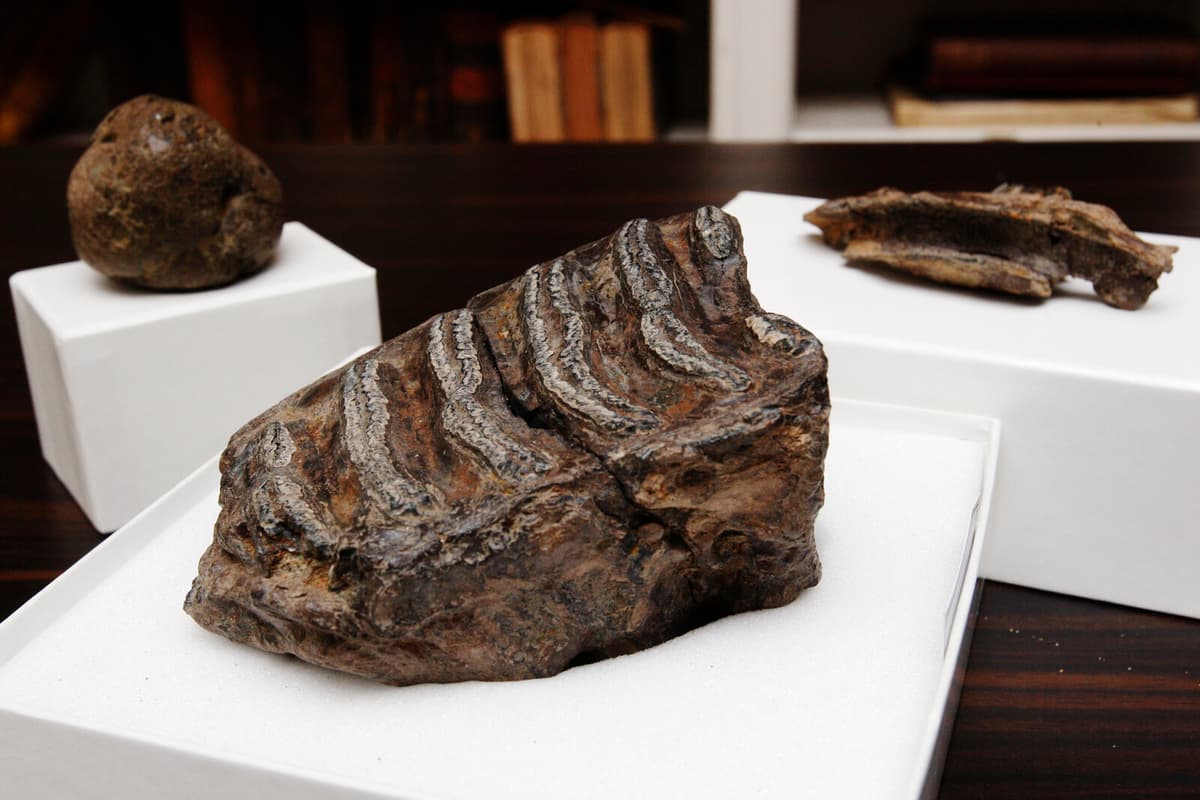Customs officers in Siberian Chabarovsk in the Russian Far East, near the border with China, made the discovery when they went through suitcases belonging to two foreign men. Packed in 15 different bags were over 900 kilograms of mammoth tusks in ivory.
According to the customs, the men had planned to illegally smuggle the tusks to China. Export of mammoth tusks is not prohibited, but it requires special permits that the men lacked.
Also in December, Russian customs stopped a man, then a Chinese citizen, who tried to take out over a thousand tooth fragments from mammoths out of the country.
In Russia, smuggling of goods with high cultural value can be punished with imprisonment for up to ten years and fines of several million.
Climate change and the melting of Siberia's permafrost have driven the number of discoveries of the remains of the extinct mammoths - and thus also the smuggling.
The mammoth was an elephant-like animal that existed in about 20 different species, which lived on the northern hemisphere during a period from about 4 million years ago to about 4,000 years ago.
The largest were 4.7 meters in withers and had up to five meters long tusks.
The mammoths were predominantly leaf-eaters but some grazed grass.
Among others, the woolly mammoth and the North American mammoth were hunted by humans. Whether the hunt was a contributing cause to the extinction of some mammoth species is disputed. There is research that suggests that Ice Age humans hunted and ate mammoths, but tangible evidence of regular hunting is lacking.
Some researchers believe that the mammoth was an entirely too difficult animal to hunt, at the same time as there were plenty of other, smaller, prey animals.
Source: NE






